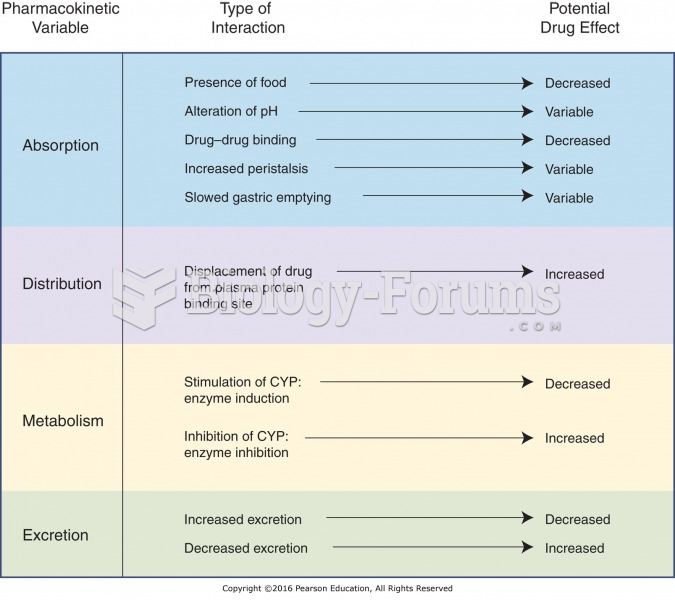|
|
|
Increased intake of vitamin D has been shown to reduce fractures up to 25% in older people.
The familiar sounds of your heart are made by the heart's valves as they open and close.
More than 30% of American adults, and about 12% of children utilize health care approaches that were developed outside of conventional medicine.
Alzheimer's disease affects only about 10% of people older than 65 years of age. Most forms of decreased mental function and dementia are caused by disuse (letting the mind get lazy).
As the western states of America were settled, pioneers often had to drink rancid water from ponds and other sources. This often resulted in chronic diarrhea, causing many cases of dehydration and death that could have been avoided if clean water had been available.







